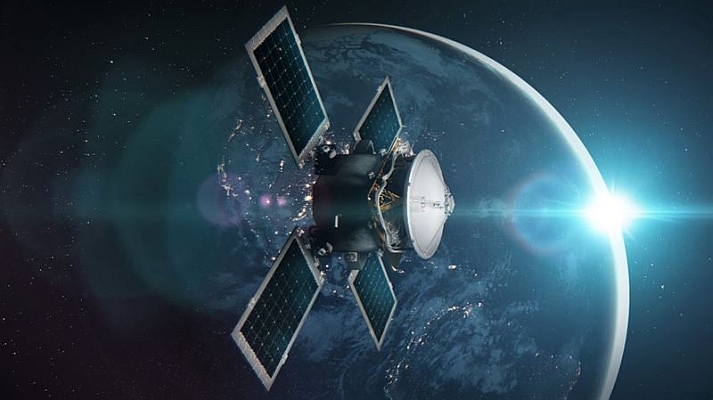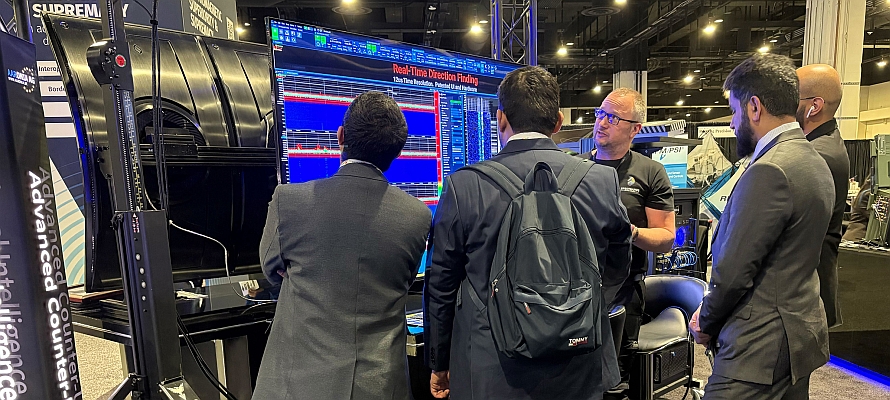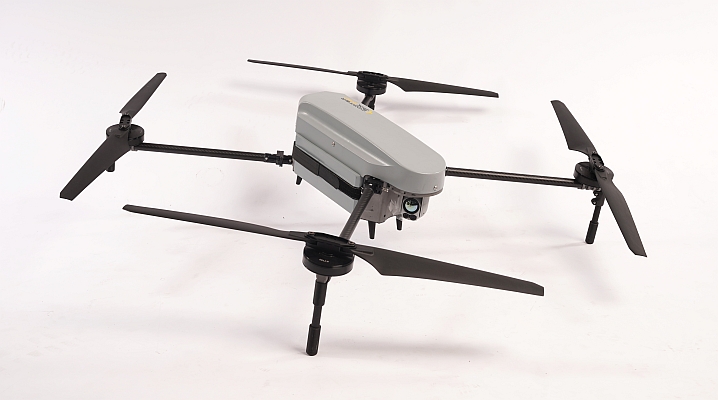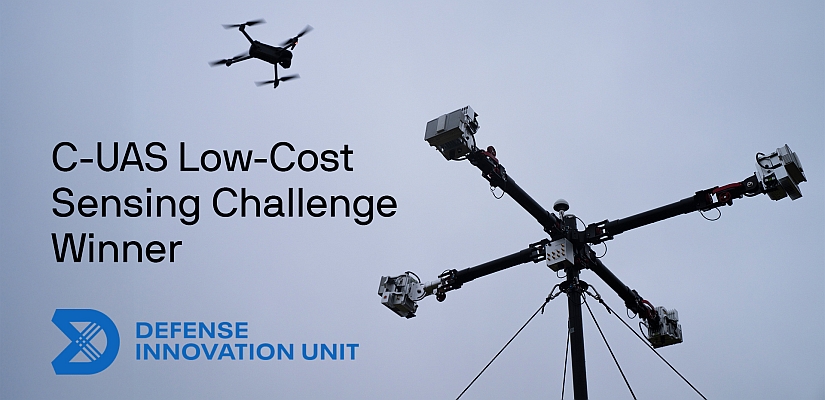
An underwater robot initially built to help astronauts train for life in weightlessness is now being tested in the Mediterranean Sea. One day, robots like this may carry out sophisticated missions on our ocean floors, from finding lost aircraft blackboxes to mining minerals or maintaining the sites of ancient pirate shipwrecks.
In space stations, robots are playing an increasingly important role. These days, if an astronaut needs to carry out a minor fix, it might well be that a mechanical arm hands them their tools.
But human–robot teamwork in weightlessness can be tricky. If the astronaut is unused to working with a mechanical arm, the tool might go floating off.
So when ESA decided to build a robot assistant they wanted a way for astronauts to practise grasping tools proffered in space – before ever leaving Earth.
Astronaut training
Working with Italy’s Thales Alenia Space, ESA built a replica – the Eurobot Wet Model – and put it in a swimming pool for astronauts gain experience with the robot in weightlessness.
With experience developing robotic manipulators, Italian company Graal Tech came onboard to help. Their robot has three limbs, each of which does double duty as a walking leg or a grasping arm.
Next, they covered the robot with floatation devices. “We had to add a lot of ‘fat,’ to each single arm,” said Graal Tech’s Alessio Turetta. “In the end it looked like the Michelin Man.”
While this created a robot with neutral buoyancy in each and every part, it was too fat and difficult to manoeuvre.
“It’s just like an overweight person,” said Alessio. “One leg rubbed against the other.”
To solve this, the team tinkered with its movement pattern. They introduced a ‘crab walk’ that gave the limbs all the room they needed. It worked: Graal Tech’s robot has been used ever since by astronauts practising in the pool at ESA’s European Astronaut Centre in Cologne, Germany.
From space to under the sea
Working in space led the companyto take to the seas. After the ESA project ended, in 2006, Graal Tech capitalised on the underwater expertise.
Most existing underwater robots on the market are hydraulic. While they offer strength, they have relatively little fine control. Graal Tech’s is electric-powered, however, capable of both fine movement and targeted actions.
Trident underwater robot
“We realised that our ESA astronaut robot technology was good enough to commercialise,” said Alessio. With the help of European Commission funding, they did just that.
One of the first requests came from Giuseppe Casalino, robotics professor at the University of Genoa in Italy. He wanted to prototype a robot that might one day scour the ocean’s floor for archaeological itemsor even a blackbox from a lost aircraft.
He liked the electrical arms developed for the Eurobot Wet Model because of their ability to perform precise tasks, without compromising too much on strength.
Source: ESA
underwater robot






